
It can happen in an instant.
One moment your child is playing happily. The next moment they're injured or choking, or swallowed something that could cause them serious internal damage — or worse.
While most parents are bonafide safety experts when it comes to car seats, baby proofing, and best sleep practices, toy safety may not always be so obvious. After all, they're just toys, which are designed with kids in mind, right?
That doesn't make them all safe, Canadian experts say.
Canada toy safety
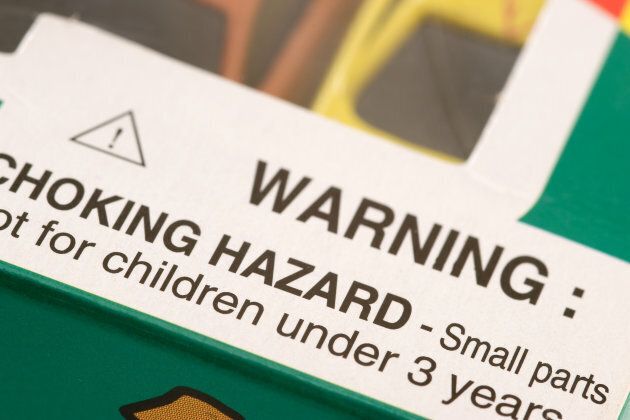
"In Canada, all toys are regulated to make sure they are safe for use by children," Health Canada said on its website.
"Even so, unsafe toys can make their way onto store shelves and into homes. And sometimes the ways toys are used can expose children to hazards," Health Canada said.
More From HuffPost Canada:
For instance, toys meant for older children may contain small parts that are choking hazards for younger kids, Health Canada said in a recent report. Even the packaging a toy comes in could pose choking and suffocation hazards, Health Canada said.
And injuries and accidents can occur despite your best efforts to choose safe toys, the Children's Health and Safety Association (CHSA) said on their website. Toys may endure "wear and tear over time," the CHSA said, and this could expose kids to potential hazards.
"Health Canada receives about 71 reports per year on toy-related health or safety concerns," the CHSA said.
These are the risks
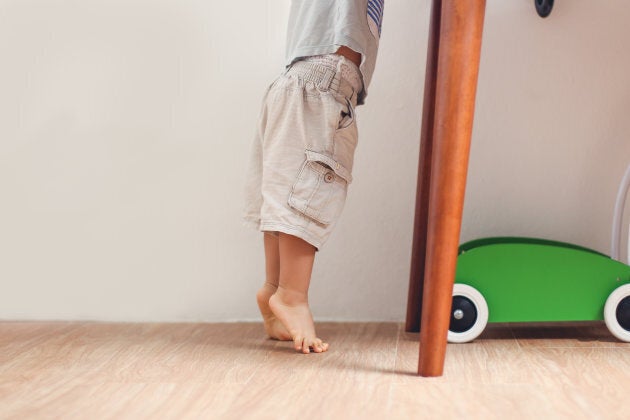
Choking, strangulation and suffocation are the leading causes of unintentional injury deaths in infants and toddlers in Canada, according to the Canadian Paediatric Society (CPS).
"The presence of older siblings in the household increases the risk for choking, possibly because toys and other objects with small parts are more likely to be present," CPS said.
Injuries are the leading cause of death among children age one to 14 years old, CPS said.
In the U.S., there were seven deaths associated with toys in 2016 and about 240,000 injuries, the U.S. Consumer Products Safety Commission wrote in its most recent report on the topic.
What poses the biggest risks? Let's start with balloons

Latex balloons, magnets, batteries, ride-on toys, trampolines, and toys with long strings all pose risks for injury or even death.
"Balloons should be used for decoration only — not for play," Health Canada said, adding that uninflated balloons or broken pieces can easily be inhaled and block a child's airway.
Latex balloons are the main non-food cause of choking deaths in children, CPS said.
And small, powerful magnets
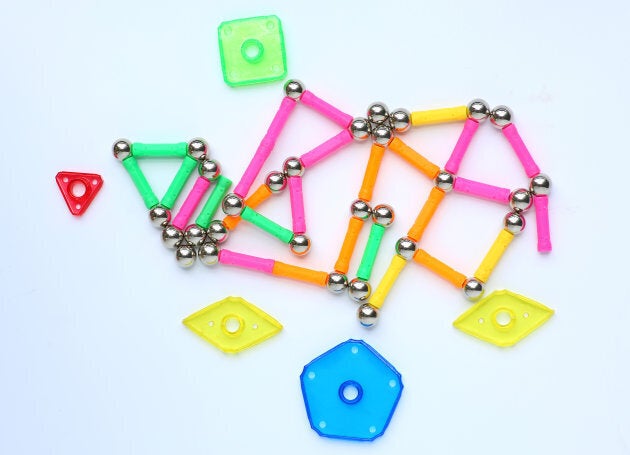
Toys containing small, powerful magnets are a huge health risk with potentially fatal consequences if they're swallowed. These can sometimes be found in construction sets, puzzles, toy jewelry and dress-up items, action figures and dolls, board games, and train sets, Health Canada said.
"It is especially dangerous if a child swallows more than one magnet over a short period of time. The magnets can attract one another while travelling through the intestines. When this happens, the magnets can slowly tear through the intestinal walls," Health Canada said.
"Magnet toys like 'Buckyballs' and 'Magnetix' can cause serious injury or death," the CHSA said.
And toys with batteries
Earlier this month, a doctor's now-viral tweet reminded parents of the dangers of disc batteries. More than 2,800 U.S. kids are rushed to emergency each year as a result of swallowing batteries, according to Safe Kids.
Button batteries can cause internal burns in as little as two hours after being swallowed, and can be found in musical greeting cards, small electronic devices (like remote controls), children's books, light-up jewelry, hearing aids, and key chain accessories, Health Canada said.
Only adults should ever install batteries in toys, and always ensure that your child can't open a toy's battery compartment, CHSA said. Children should never be allowed to sleep with a battery-operated toy, they added.
Definitely trampolines

Trampolines are not toys, and "pose serious safety hazards to children and youth," CPS said.
Most injuries happen to children between ages five and 14, CPS said.
"Trampoline-related injuries come in a wide variety: broken bones, sprains and strains, head injuries, and cuts and bruises. Some broken bones need operations and hospital stays to fix them. In rare cases, injuries to the neck or back can cause paralysis or death," CPS said.
Children under the age of six should never go on a trampoline, Health Canada said, and children over the age of six should be supervised at all times. CPS goes a step further and recommends that children should not use trampolines as play equipment at all, either indoors or outdoors.
"What many parents don't realize is that there is no safe way to use a trampoline at home," Dr. Danielle Grenier, the former CPS Medical Affairs Director and a community paediatrician in Gatineau, Quebec, explained in a press release at the time. "Injuries can happen even when adults are supervising and even when there are safety enclosures around the trampoline."
And it's not just kids. Just this week, a 46-year-old man died after visiting a trampoline park with his two children in Richmond, B.C. The man's fall led to serious injury and cardiac arrest, according to the RCMP.
And ride-on toys
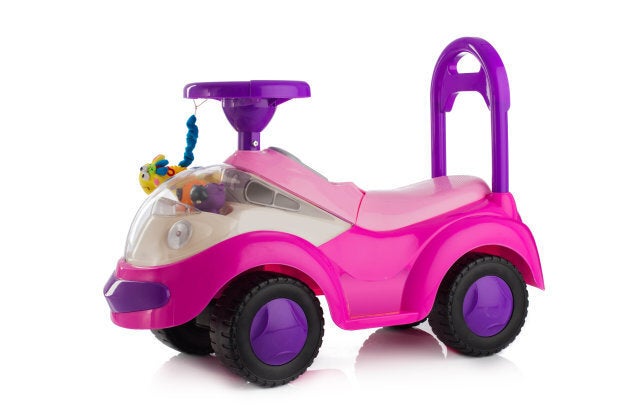
The danger with ride-on toys isn't so much the toys as the possibility that the children riding them can fall off or roll into dangerous situations.
Of the seven U.S. child deaths associated with toys in 2016, three involved ride-on toys, according to the U.S. Consumer Products Safety Commission. Two cases involved tricycles and a third involved a wagon. In each case, the children were either in a road or driveway and were struck by a motor vehicle.
"Ride-on toys can tip. Children on ride-on toys can move very quickly, running into objects or falling down stairs," CHSA said.
"Serious injuries and deaths can occur when children use ride-on toys in dangerous areas. Make sure children don't use ride-on toys near stairs, swimming pools or other dangerous areas — including hazards like lamps, cords, decorations or appliances that could be knocked or pulled down," Health Canada said.
In Canada, baby walkers are prohibited.
"Removing wheels from a baby walker does not make it a stationary activity centre. Baby walkers should be destroyed and thrown away," Health Canada said.
What else to consider
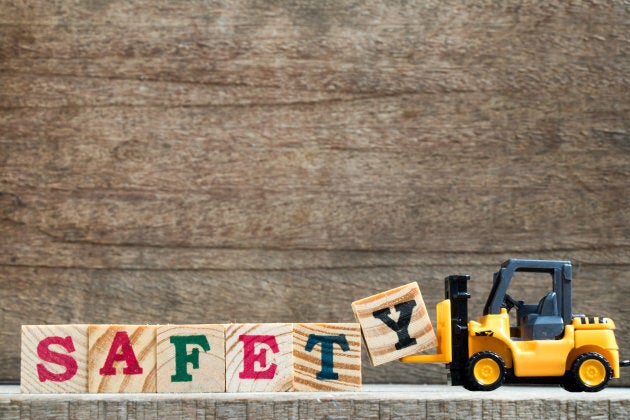
Toys with long or stretchy cords or string can pose a strangulation hazard, CHSA said. In fact, the World Against Toys Causing Harm (W.A.T.C.H.) safety group placed a pull-along pony on its annual list of most-dangerous toys last year because it has a 19-inch cord, Daily Mail reported.
And toys that make loud noises can damage little ear drums if they're used for extended periods of time. "Children's ears are very sensitive and their hearing is easily damaged," CHSA said.
"If you have to yell to be heard above the sound of a toy, then it is likely too loud for a child and should not be used," Health Canada said.
The bottom line
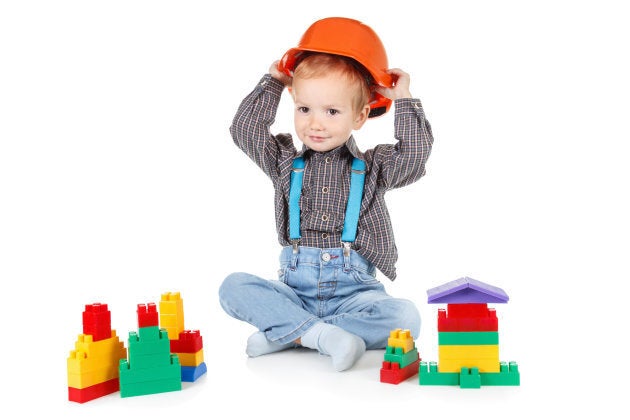
Sorry, are we interrupting you from burning all the toys in your house while simultaneously wrapping your child in bubble wrap?
Well, stop (plus that bubble wrap is, you guessed it, a suffocation hazard). Yes, there are a lot of safety concerns to consider with toys. But that doesn't mean there aren't plenty of safe ways for your child to play.
Be vigilant before and after buying toys, replace or repair any broken items, only buy toys appropriate for your child's age, always check for loose parts and wear and tear, be aware of potential choking and strangulation hazards and, because this isn't even an exhaustive list, always check with expert resources such as Health Canada's play time safety guide and the Children's Health and Safety Association's toy safety checklist.
And maybe avoid trampolines.
Also on HuffPost: